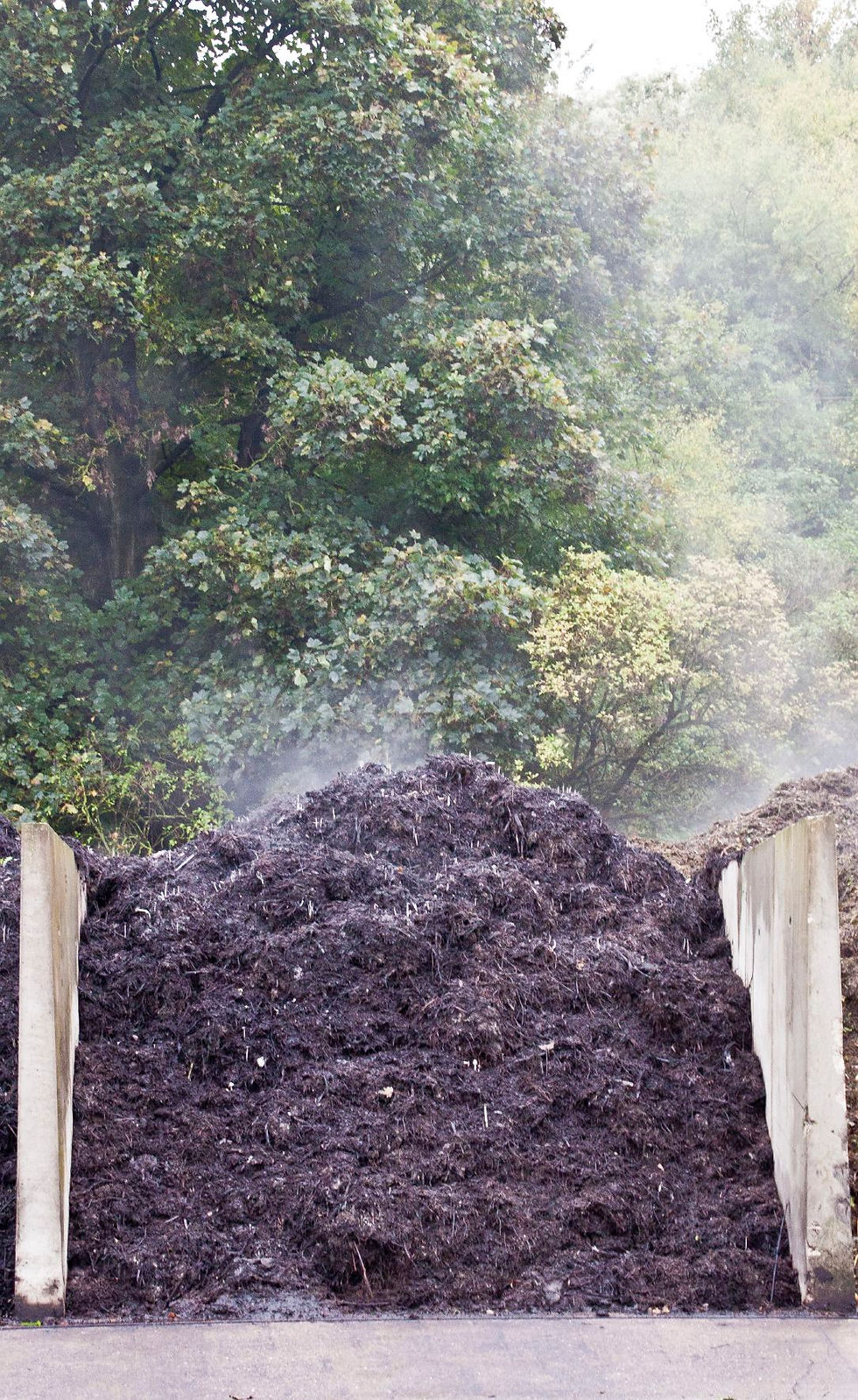Best Organic Fertilisers for Shade-Loving Plants
- Marcus Bergin

- Feb 6
- 3 min read
Why Shade Plants Need Fertiliser
Shade-loving plants may not bask in full sun, but they still need a good supply of nutrients to thrive. Many shade gardens are tucked beneath trees and shrubs, meaning the soil can become depleted over time. Plus, without as much sunlight, organic matter takes longer to break down, reducing the availability of natural nutrients.
Using organic fertilisers helps to:
✔️ Improve soil structure and fertility
✔️ Encourage strong root development
✔️ Promote lush foliage and healthy blooms
✔️ Feed beneficial soil microbes, naturally enhancing plant health
So, what’s the best way to feed shade plants naturally? Let’s explore some of the best organic fertilisers to use in your shade garden!

The Best Organic Fertilisers for Shade Plants
1. Leaf Mould – The Perfect Woodland Mulch
A shade garden staple, leaf mould mimics the natural conditions of woodland floors. It:
Slowly releases nutrients, making it ideal for ferns, hostas, and woodland plants.
Improves soil structure, aeration, and moisture retention.
Encourages beneficial fungi and microbes, which help break down organic matter.
Simply spread a layer around your shade plants in autumn or early spring to enrich the soil.
2. Well-Rotted Compost – A Nutrient-Rich Boost
Homemade compost is packed with organic matter and beneficial microbes, making it an excellent choice for improving poor, compacted soil in shady areas. It:
Provides a slow-release nutrient supply.
Encourages healthy root development.
Works particularly well for flowering perennials like hellebores, pulmonarias, and foxgloves.
Apply a generous layer of compost as a mulch in early spring for best results.
3. Composted Manure – For Lush, Green Growth
Well-rotted manure is rich in nitrogen, making it perfect for leafy plants like hostas, ferns, and shade-tolerant vegetables. It:
Promotes vigorous foliage growth.
Boosts soil fertility over time.
Enhances moisture retention in sandy or dry soil.
Be sure to use only well-rotted manure, as fresh manure can scorch plant roots. Apply it in early spring as a top dressing.

4. Fish, Blood & Bone Meal – A Balanced Slow-Release Feed
This classic organic fertiliser provides a balanced mix of nitrogen (N), phosphorus (P), and potassium (K), supporting all-around plant health. It:
Encourages strong root systems.
Enhances leafy growth and flower production.
Works particularly well for shade-loving flowering plants like hydrangeas, astilbes, and foxgloves.
Sprinkle it lightly around the base of plants in early spring and summer.
5. Seaweed Fertiliser – A Gentle Nutrient Booster 🌊
Packed with essential trace minerals, seaweed fertiliser improves root health and helps plants cope with stress—perfect for deep-shade areas. It:
Enhances plant resilience.
Provides a gentle but steady nutrient boost.
Works well as a liquid feed for container-grown shade plants.
Apply every few weeks during the growing season for stronger, healthier plants.
6. Worm Castings – Nature’s Best Soil Conditioner 🪱
Worm castings are an incredible natural fertiliser, improving soil structure and feeding plants with a gentle, slow-releasing nutrient mix. They:
Add beneficial microbes to the soil.
Improve drainage while retaining moisture.
Help woodland-style gardens and moisture-loving plants flourish.
Mix worm castings into potting soil or use them as a top dressing in garden beds.
7. Liquid Comfrey Feed – The Organic Growth Booster 🌼
High in potassium, liquid comfrey feed is fantastic for encouraging flowering in shade plants. It:
Strengthens plant stems.
Promotes vibrant blooms and healthy root systems.
It can be diluted and used as a foliar spray for an instant boost.
Make your own by steeping comfrey leaves in water for a few weeks, then strain and dilute before applying.
When & How to Fertilise Shade Plants
✔️ Spring: Apply organic mulch (compost, leaf mould, or manure) around the base of plants.
✔️ Summer: Use liquid feeds (seaweed or comfrey tea) every few weeks for container plants.
✔️ Autumn: Top up with leaf mould or compost to enrich the soil for next year.
✔️ Winter: Avoid feeding—plants are dormant and don’t require extra nutrients.
Final Thoughts
Feeding your shade-loving plants with organic fertilisers ensures they stay healthy, resilient, and full of life. Whether you use leaf mould, compost, seaweed feed, or worm castings, providing the right nutrients naturally will lead to lush, vibrant growth—even in the shadiest corners of your garden!
What’s your favourite organic fertiliser for shade plants? Have you tried any of these methods? Let’s chat in the comments below!



Comments